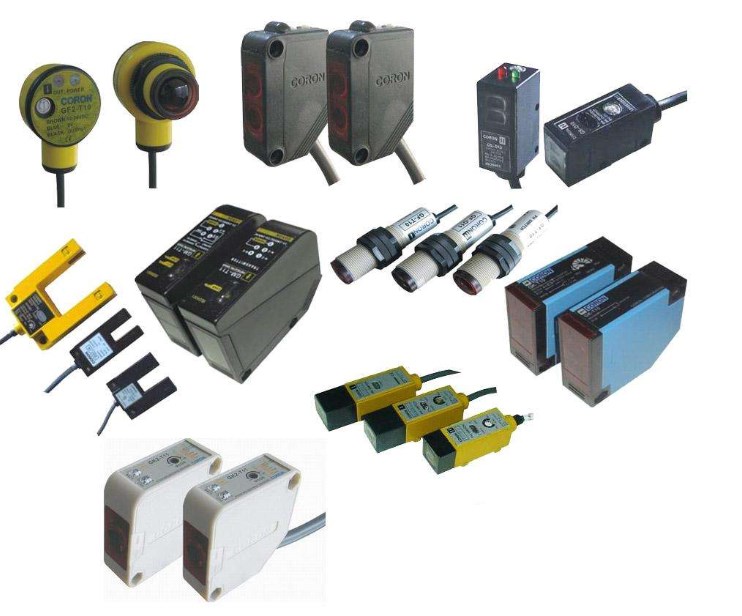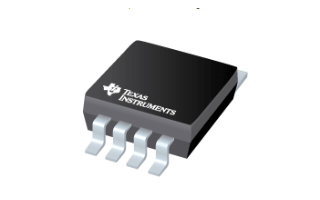The NPN transistor is composed of three semiconductors, two of which are n-type and one of which is p-type, with the p-type semiconductor in the middle and the two n-type semiconductors on both sides.Triode is the most important device in electronic circuit. Its main function is current amplification and switching
Semiconductor triode is also called crystal triode. It is the most important device in electronic circuit.Its main functions are current amplification and switching.As the name suggests, a transistor has three electrodes.Diode consists of a PN structure, the triode by two PN structure, common electrode become a transistor's Base, Base with letter B said - B from English, basic (), ()), the other two electrodes respectively referred to as the Collector (expressed in C - C from the English Collector, collection) and Emitter (represented by the letter E - E from English Emitter, launch).
The basic function of the transistor is amplification. It can turn the weak electrical signal into a strong signal. Of course, this conversion still follows the conservation of energy.An important parameter of the transistor is the current amplification factor.When a small current is added to the base of the transistor, a current of times the injected current is obtained on the collector, that is, the collector current.The collector current varies with the base current, and a small change in the base current can cause a large change in the collector current, which is the amplification effect of the transistor.
The following video mainly describes the open circuit detection circuit in the NPN transistor.


 Inglês
Inglês  Chinês
Chinês  Alemão
Alemão  Coreano
Coreano  Japonês
Japonês  Farsi
Farsi  Portuguese
Portuguese  Russian
Russian  Espanhol
Espanhol 





